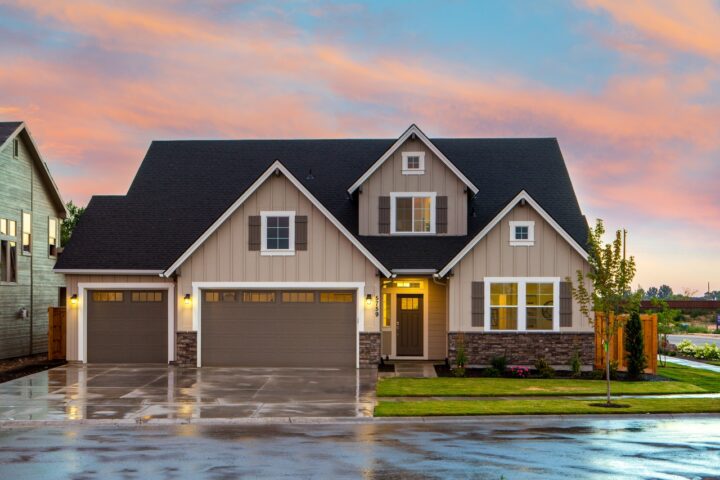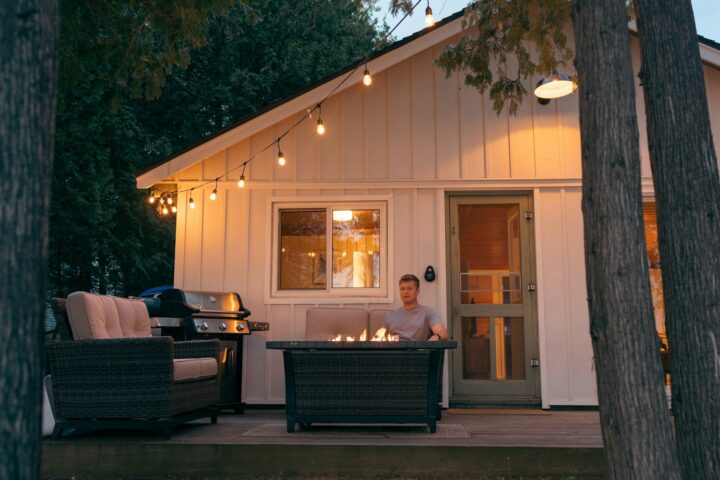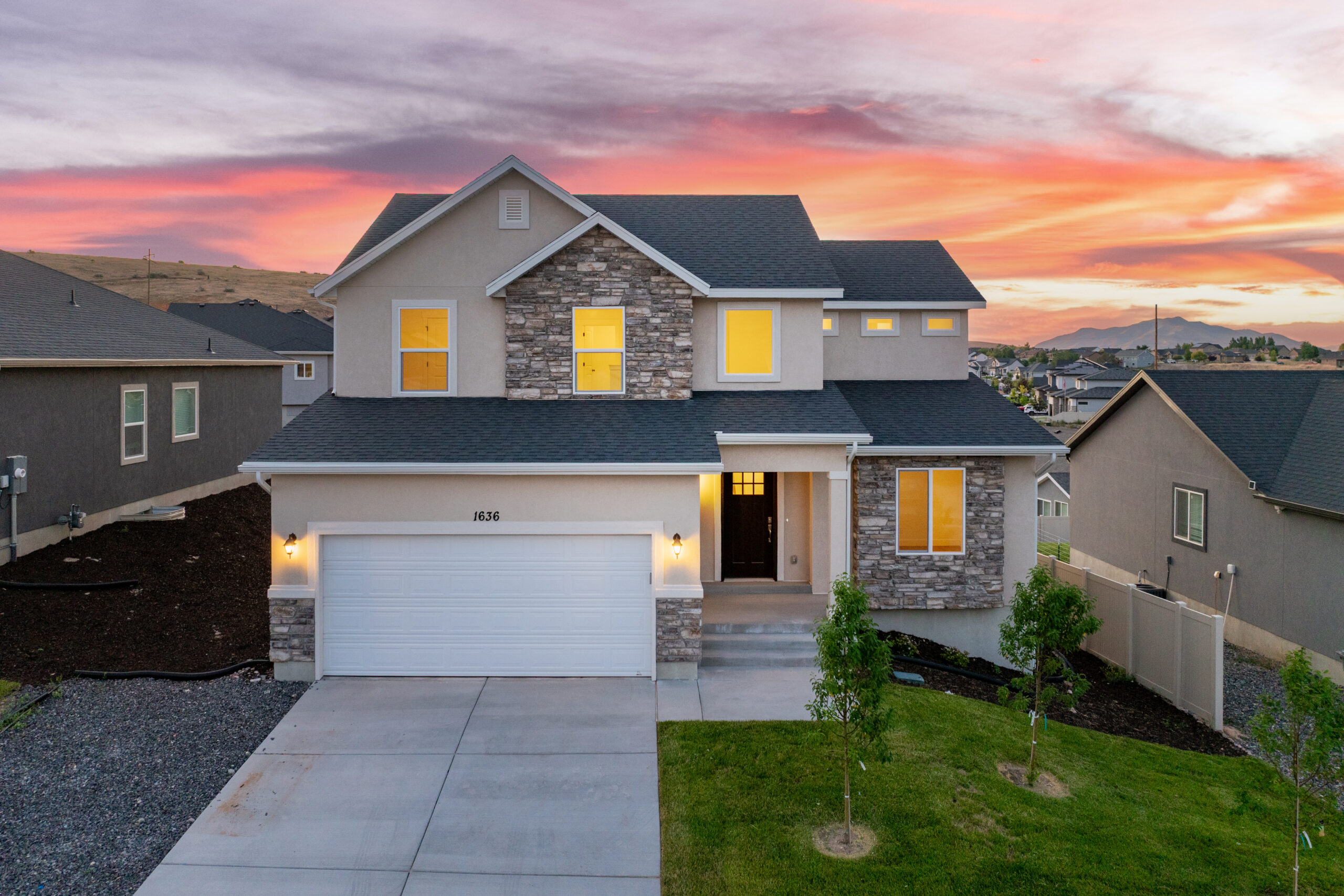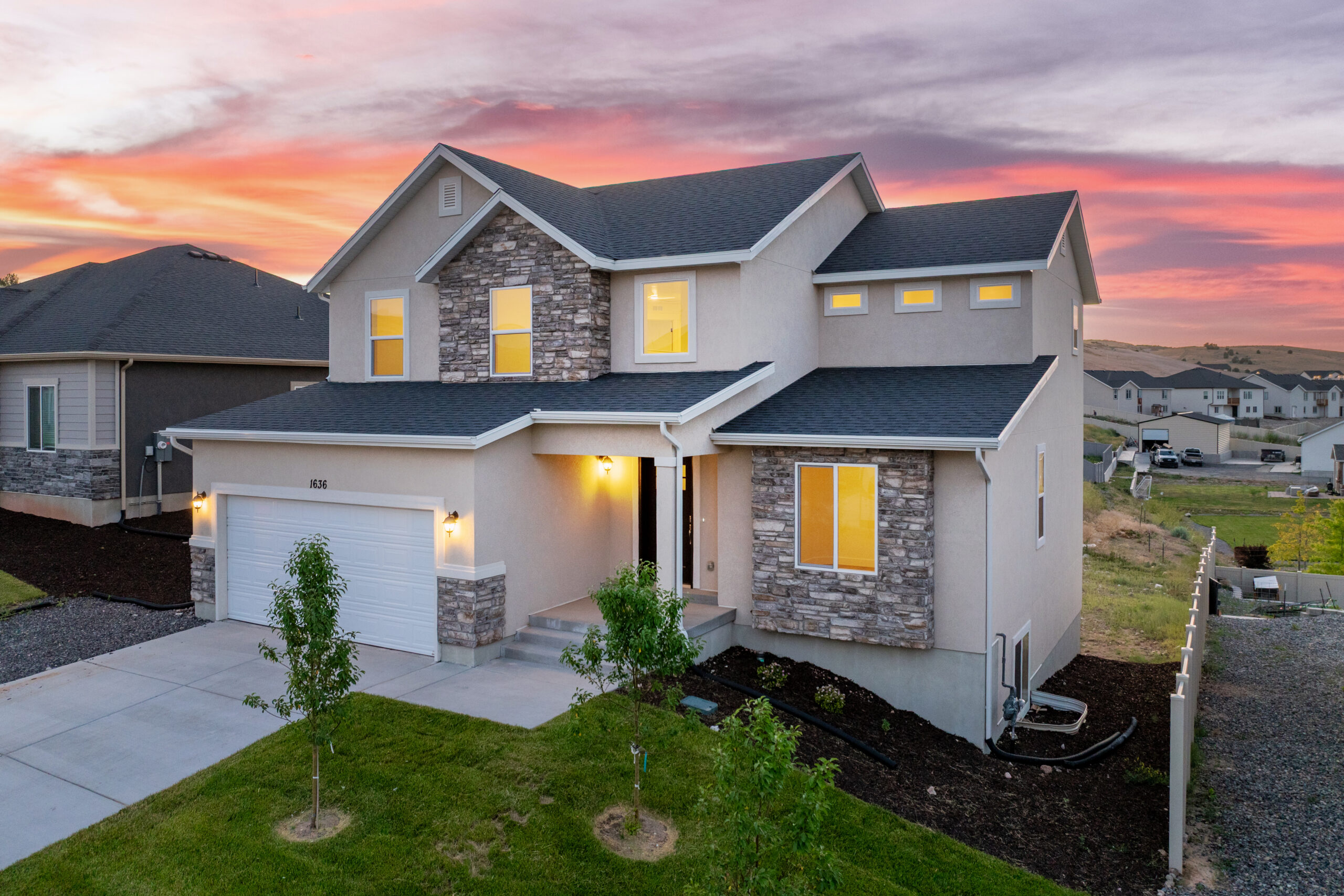When embarking on the journey of building a new home in Utah County, understanding the local zoning laws is essential. These regulations are not only crucial for determining what can be built and where, but they also influence the size, structure, and land usage of your home. Navigating these legal requirements early can save a great deal of time and prevent potential challenges during the construction process.
In our community, we often encounter unique zoning conditions that can influence various aspects of building a home. From residential to commercial areas, each zone has its own set of rules designed to maintain the area’s layout and purpose. It’s vital for us to consider these legal frameworks as we plan and build to ensure that all constructions meet local standards and requirements. By staying informed and compliant, we can help homeowners avoid legal pitfalls and foster smoother project execution.
Taking a proactive approach to understand and comply with zoning laws not only facilitates a better building process but also ensures that our projects enhance the community while meeting homeowners’ needs.
Understanding the Basics of Zoning Laws in Utah County
Zoning laws in Utah County are designed to regulate land use across different areas, ensuring that the development aligns with the community’s growth plans and infrastructure needs. Each zone under the law has specified uses such as residential, commercial, industrial, or agricultural, and understanding these distinctions is crucial for us when planning to build new homes. For instance, residential zones are further divided into categories like single-family and multi-family dwellings, each with its specific regulations regarding lot sizes, building heights, and placement.
By familiarizing ourselves with these basic zoning categories, we can effectively plan projects that comply with local standards. This not only helps in speeding up the approval process but also ensures that all constructions contribute positively to the community’s layout and functionality. As builders, we continually monitor updates to these laws, as changes can emerge that may influence current and future projects.
Navigating Residential Zoning and Permits
Securing the necessary permits is a critical step in the home building process. This starts with ensuring that the planned home complies with the specific residential zoning regulations of the area. When we undertake a project, the first thing we do is to consult the local zoning map and relevant regulations to verify the permissible uses of the land, restrictions on building sizes, and the required setbacks from property boundaries.
In Utah County, obtaining a building permit involves submitting detailed plans that demonstrate compliance with zoning laws and building codes. We handle the submission of these documents and liaise with zoning officials to clarify any issues. This proactive engagement helps us navigate the complexities of permit approvals and accelerates the overall building process. Each building project is a partnership with local authorities to ensure that every home we construct meets the required standards for safety, design, and environmental compliance.
How Zoning Laws Impact Your Home Building Plan
Zoning laws significantly affect how we approach building plans and designs in Utah County. Understanding these laws enables us to adjust our building plans to meet local requirements, which include everything from property line setbacks to the height of the structure. For homeowners, this means that early consultations regarding zoning can dictate the footprint of your home, the size of your backyard, and even your porch’s dimensions. For example, in areas zoned for lower density residential homes, larger lot sizes and restrictions on how close houses can be to each other could influence your home’s layout and orientation.
Furthermore, specific zones may enforce architectural guidelines to ensure that new homes fit the aesthetic of the neighborhood. These can include roof styles, exterior finishes, and other architectural details that maintain the community’s visual harmony. Recognizing these elements early in the planning phase helps us craft homes that not only align with your visions but also seamlessly integrate into the existing community landscape.
Tips for Working with Local Authorities on Zoning Compliance
Working effectively with local authorities is essential for navigating zoning laws and permitting processes smoothly. We regularly engage with zoning offices and planning commissions to ensure our designs comply with local regulations before we even begin construction. This proactive approach involves attending planning meetings, participating in community discussions, and submitting our plans for pre-approval to avoid any potential compliance issues.
Building a positive relationship with local zoning officials can also facilitate a more streamlined and less stressful approval process. We focus on transparent communication and timely submission of all required documents, which helps build trust and credibility with these entities. By understanding their expectations and requirements, we can better prepare our submissions to meet or exceed the standards set forth, leading to quicker approvals and fewer revisions needed during construction.
Conclusion
Understanding and adhering to zoning laws in Utah County is crucial for any home building project. At Salisbury Homes, we pride ourselves on navigating these regulatory landscapes efficiently to deliver homes that not only meet all legal requirements but also fulfill your dreams. Our expertise in dealing with local zoning laws means that we can guide you through every step of your home building journey, ensuring that the process is as smooth and hassle-free as possible.
If you’re ready to start your journey toward building your dream home in Utah County, contact Salisbury Homes today. Let our home builder in Utah take care of the complexities of zoning and building regulations while you focus on making your new house a home.









